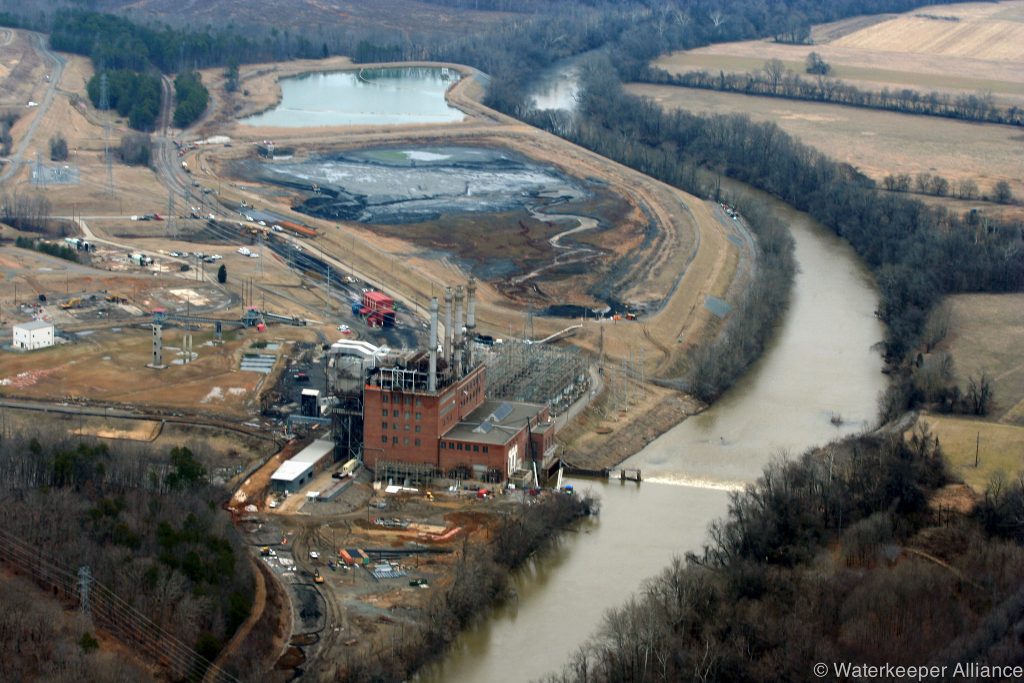Oil and Gas Drilling in Appalachia’s National Forests
By Molly Moore
Public lands are no exception to oil and gas companies’ footprint in Appalachia. A U.S. Forest Service map showing where oil and gas resources overlap with national forests reveals that the fuels can be found beneath six national forests in Central Appalachia: Allegheny, Monongahela, Wayne, Daniel Boone, George Washington and Jefferson.
Some of the oil and gas wells in national forests date back to the early and mid-20th century, and some even predate the forest’s status as federal land. Most use conventional vertical drilling techniques, which are generally less controversial than the newer horizontal fracking wells but can still bring negative environmental impacts. Yet there are now also some fracking wells in the region’s public forests. These types of wells have been linked to water contamination, air pollution and health problems.

- Introduction
- Public Forest Hidden Treasures
- Logging and Prescribed Burns: Healthy or Harmful?
- Groups Aim to Reshape Nantahala-Pisgah Plan
- Where Does Your Forest Stand with the Plan?
- The Clinch Coalition Celebrates 20 Years
- A Journey Through the Daniel Boone National Forest
- Oil and Gas Drilling in Appalachia’s National Forests
- As the Climate Changes, National Forests Adapt
- Q&A with Nantahala-Pisgah Plan Stakeholders
Mineral extraction is allowed on public lands, but it can be restricted. The George Washington National Forest prohibits drilling on 99 percent of its 1.1 million acres, according to the agency, which released a statement saying “Historically, the GWNF has never been a supplier of natural gas and there has been no interest in exploring or developing GWNF lands.”
In situations where the mineral rights are privately owned and the Forest Service is simply the surface owner, the agency cannot block the private owner’s access to their minerals for what the Forest Service deems “an unreasonable amount of time.”
Other drilling restrictions can vary. For instance, the Monongahela National Forest in West Virginia prohibits drilling wells in wetlands and requires that oil and gas activities do not “block or obliterate trails or campsites,” but permits rerouting trails to accommodate drilling. Mineral rights are privately owned in 38 percent of the Monongahela National Forest. The agency cites 60 active wells as of 2018, all of which are conventional.
Allegheny National Forest has the highest percentage of privately owned mineral rights among Appalachian forests at 93 percent. There are currently 12,000 conventional wells and 11 fracking wells in the forest, according to the Forest Service. In contrast, just 12 percent of mineral rights in the Jefferson National Forest are privately owned. According to the agency, as of 2014, there were 88 active conventional wells, 80 of which were private.
As of June 2015, 59 percent of the mineral rights in Wayne National Forest were privately owned and there were 1,273 active oil and gas wells, all of which used conventional vertical drilling methods. But a 2012 Forest Service decision opened up the Wayne to potential horizontal fracking wells, and in 2016 the Bureau of Land Management began auctioning drilling leases that permit fracking. As of February 2018, the BLM had auctioned 2,300 acres of fracking leases in the Wayne National Forest. Lease owners have 10 years to develop their wells, and information about how many fracking wells are currently active was not available at press time.
Related Articles
Latest News

Leave a comment
Your email address will not be published. Required fields are marked *




